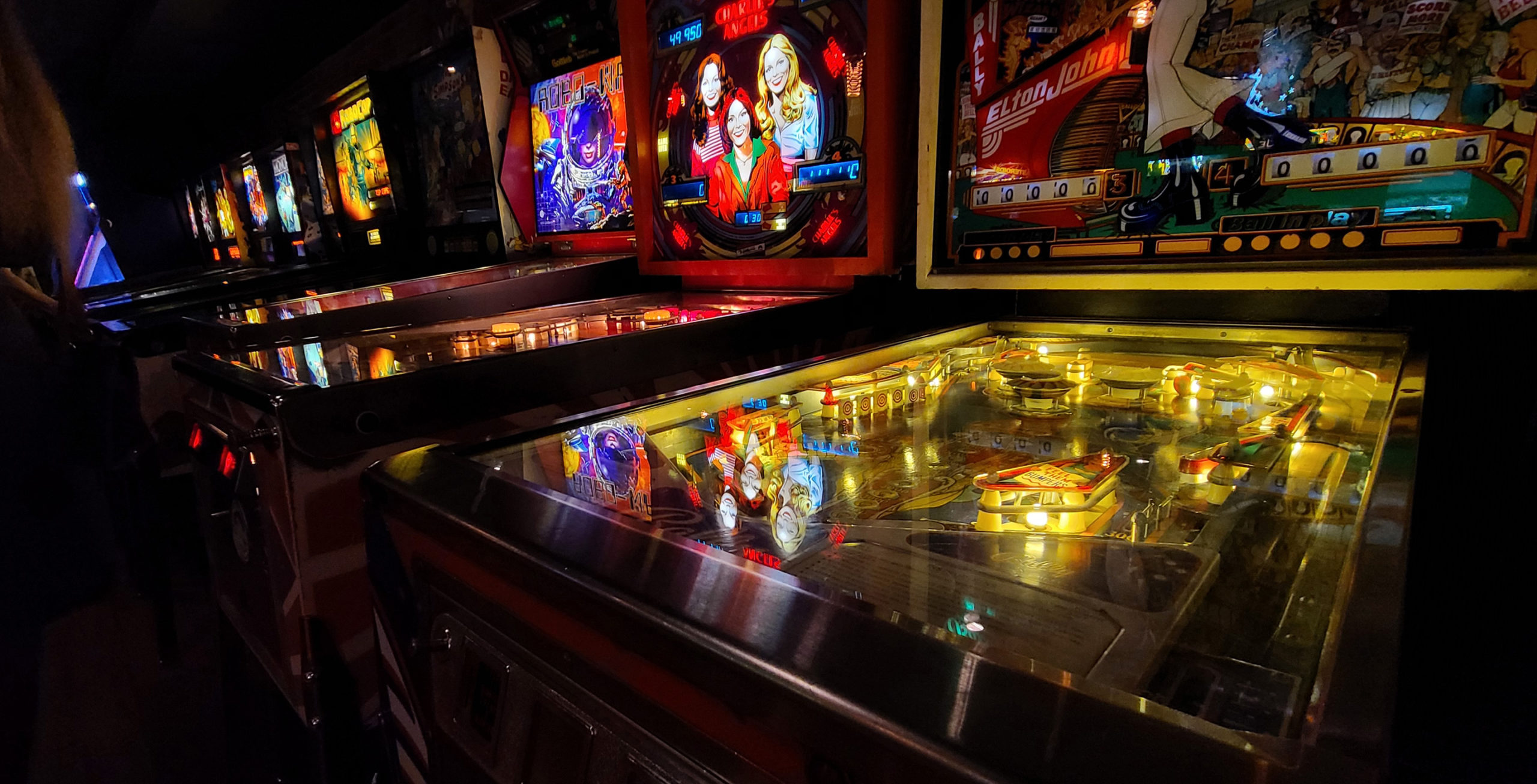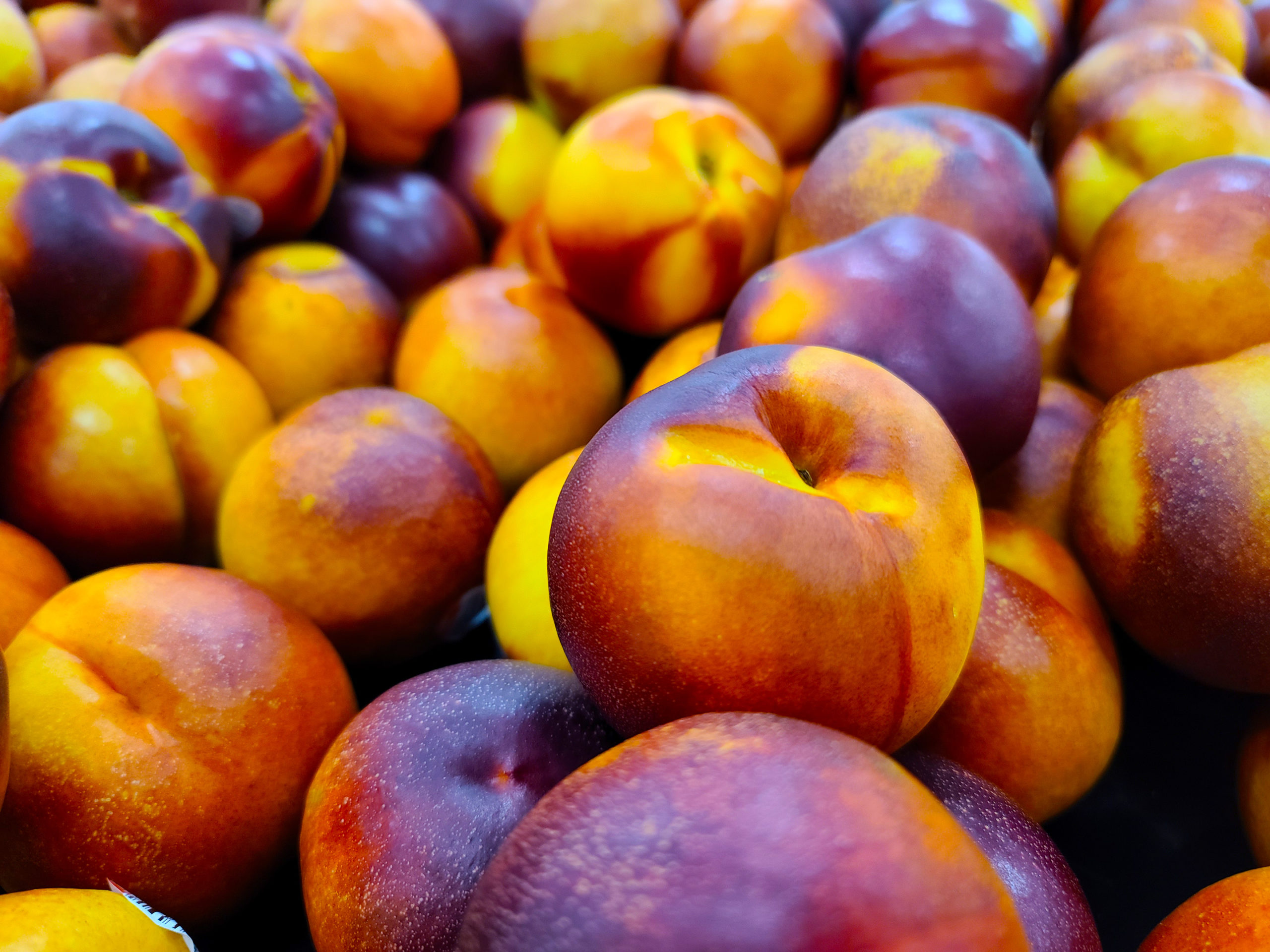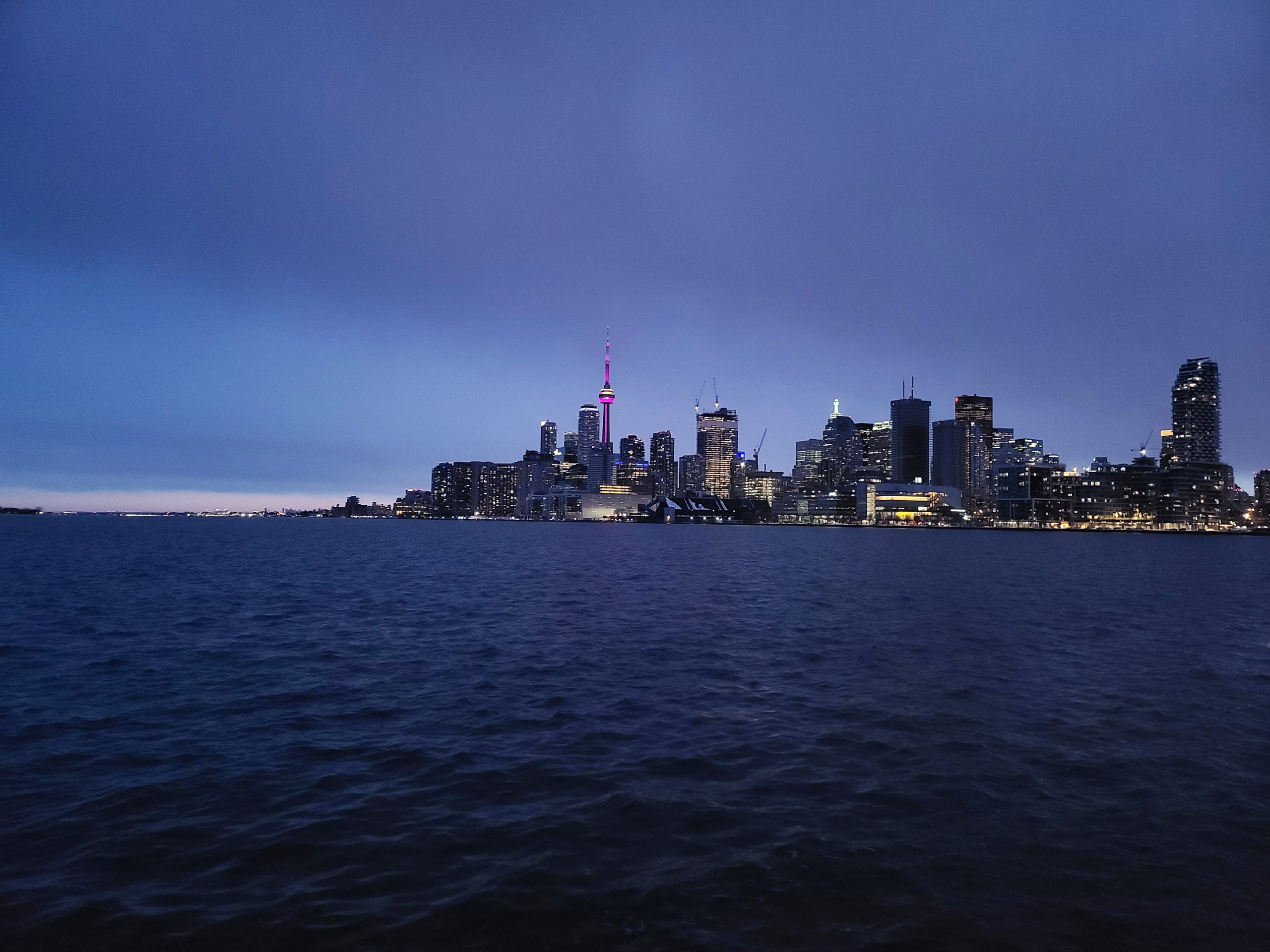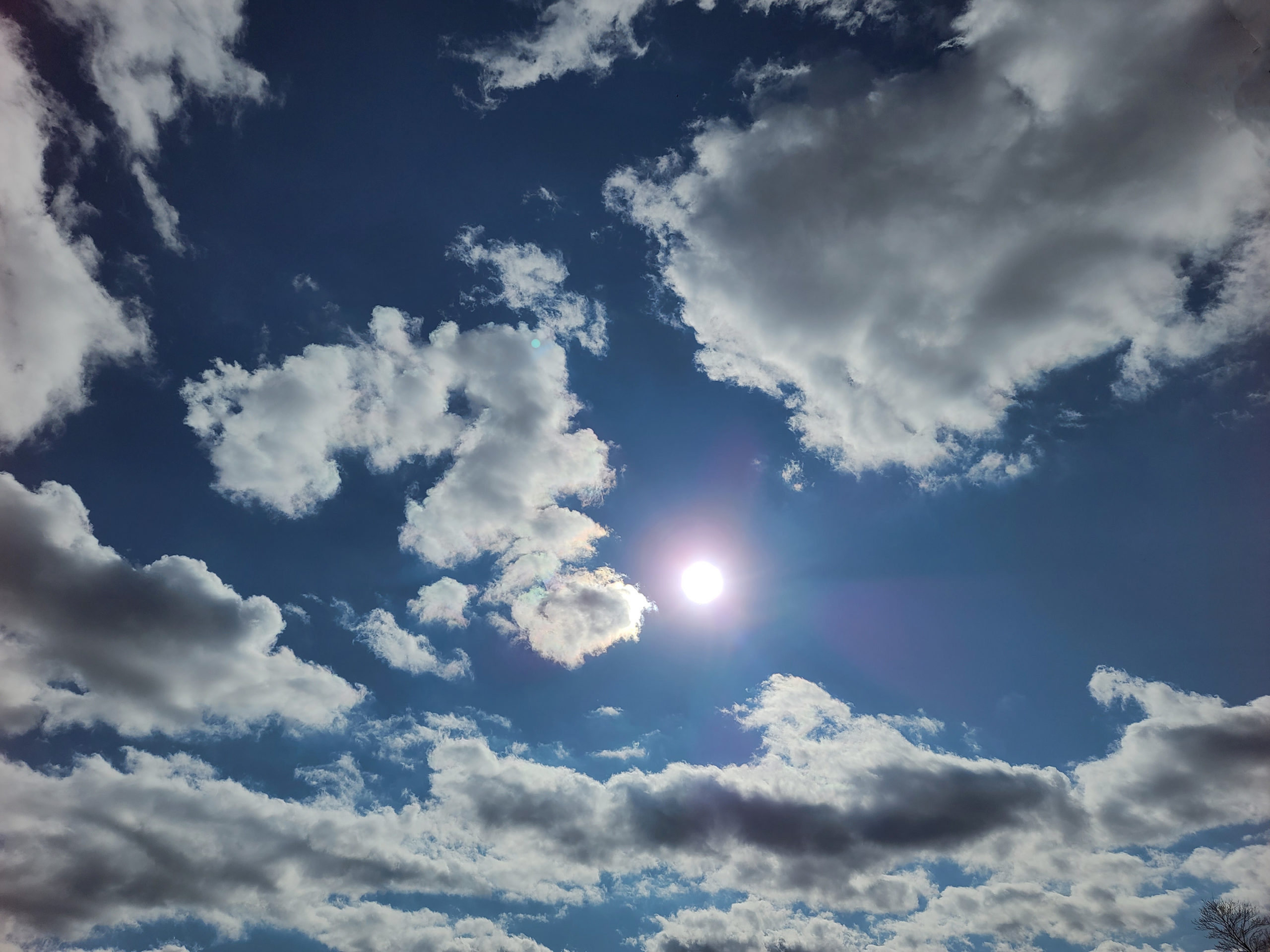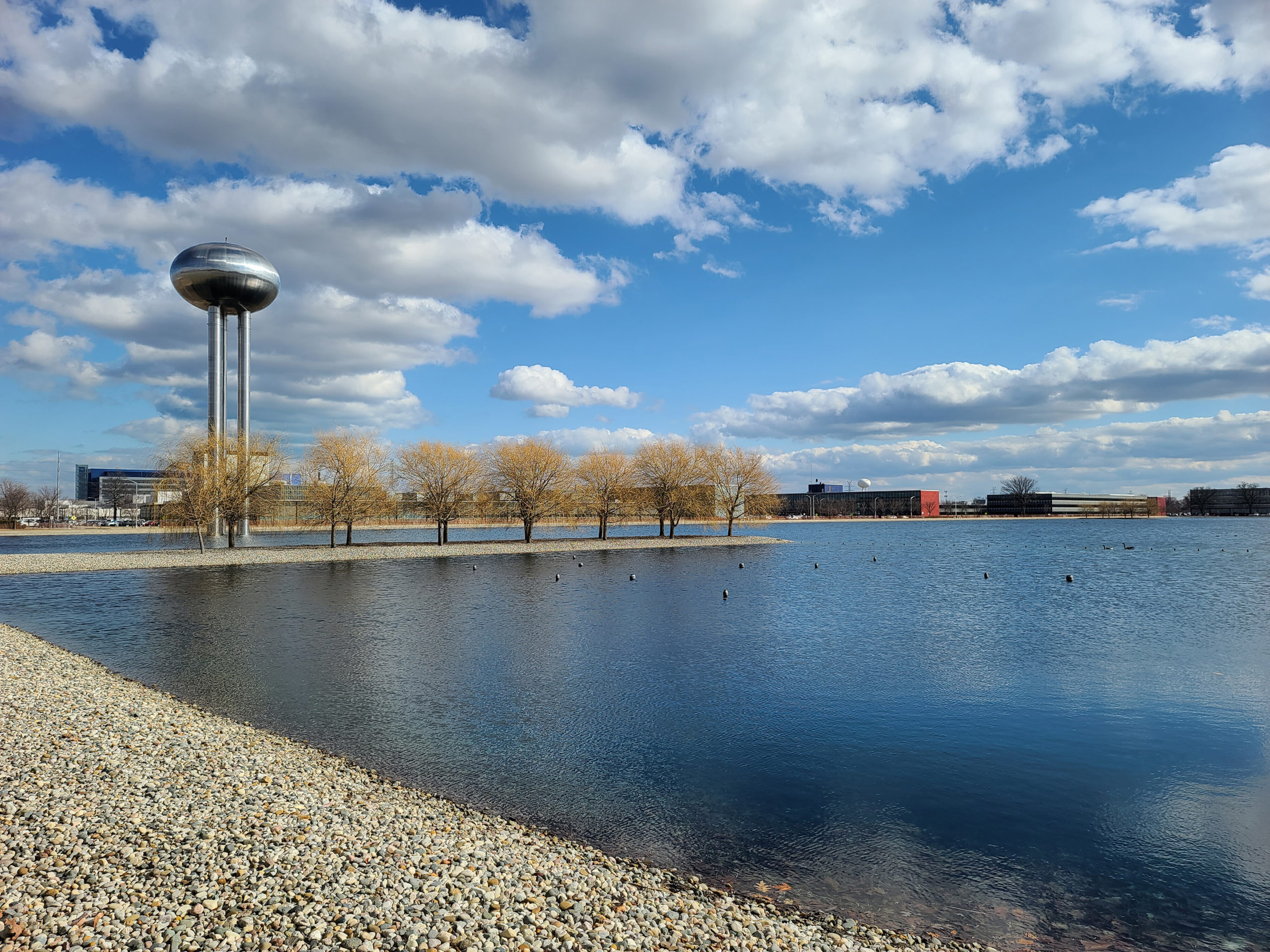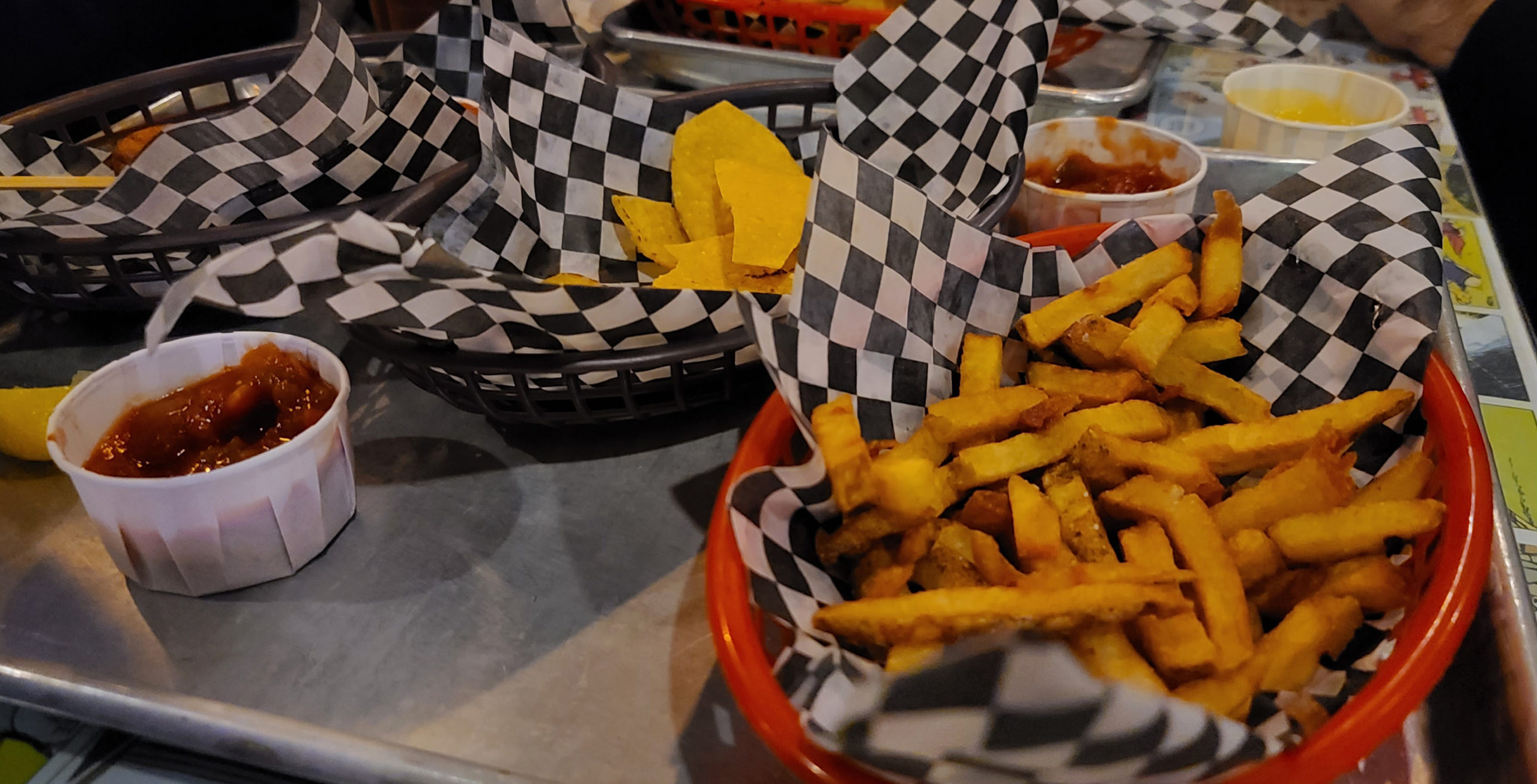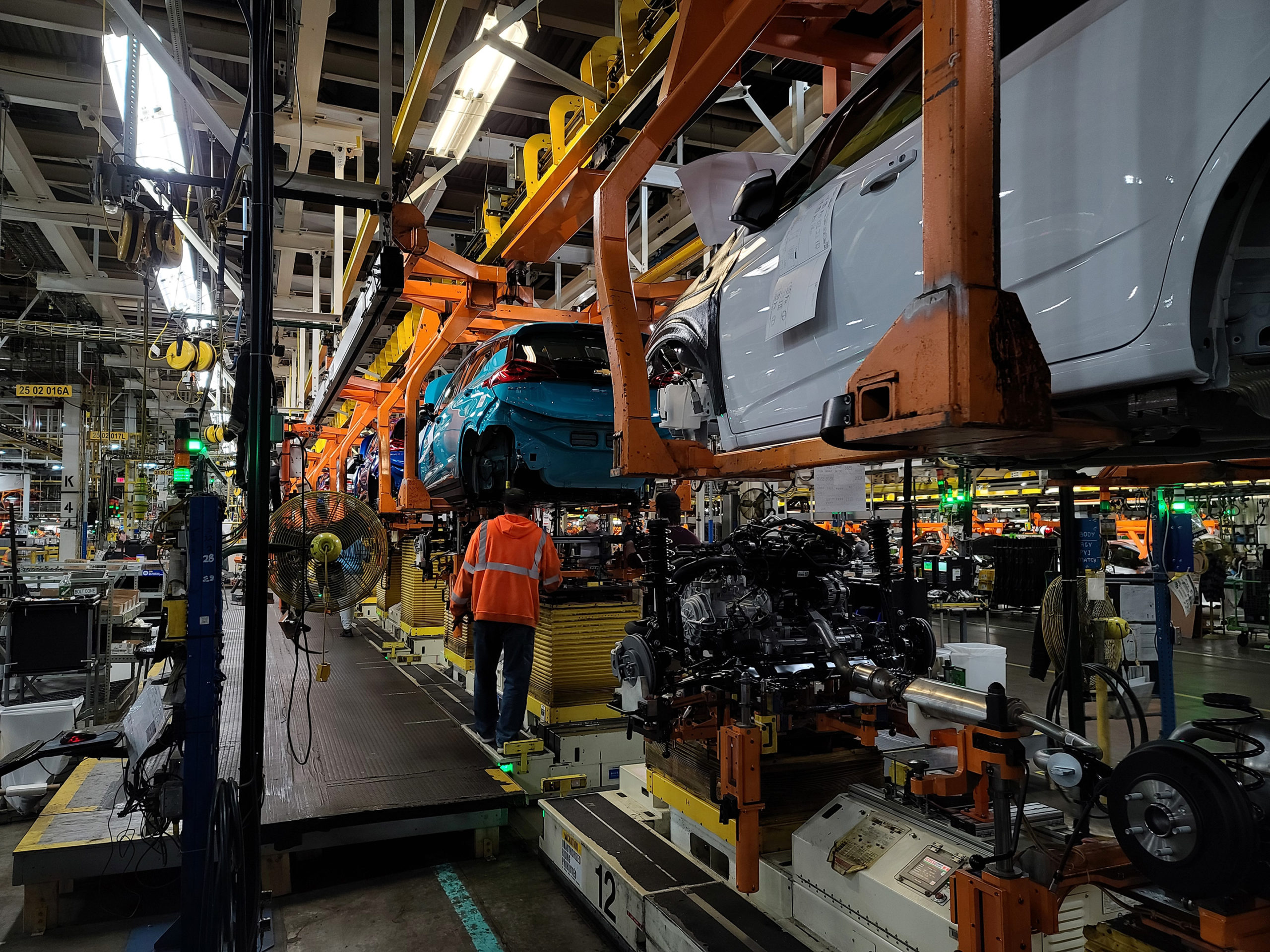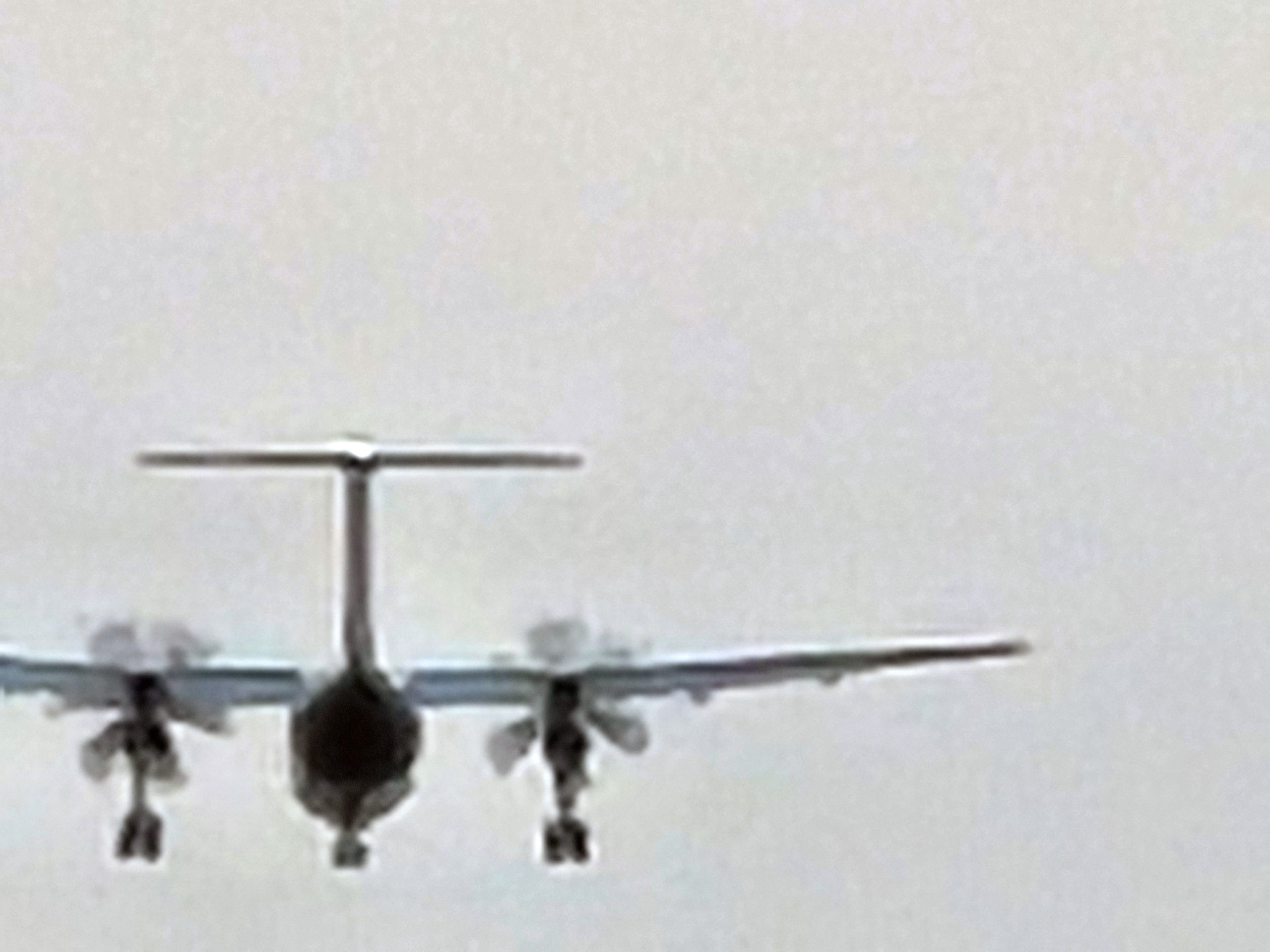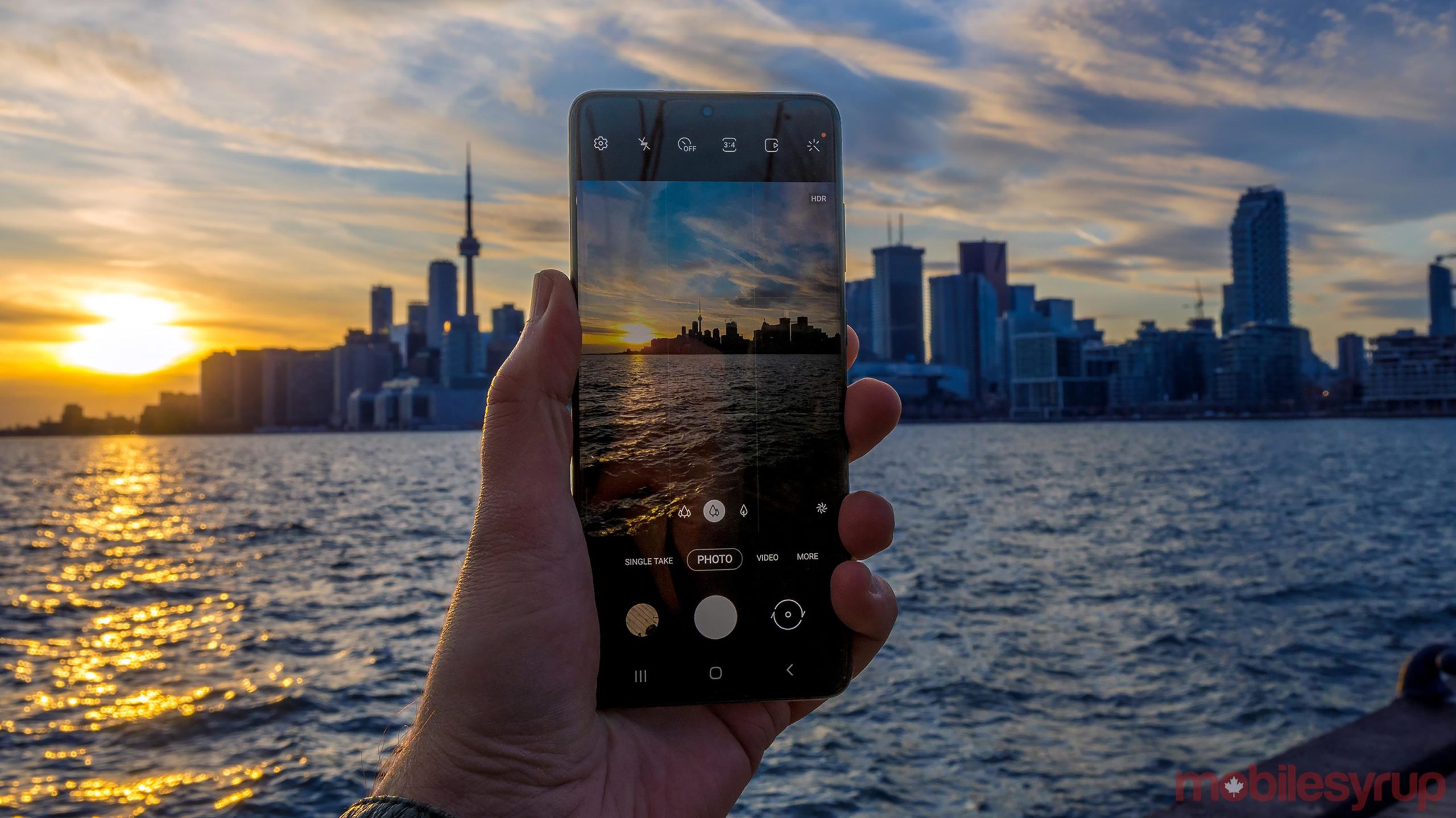
Samsung likes to experiment with its phones’ cameras, but what isn’t always obvious to the average user is that they’re the beta testers. The Galaxy S20 Ultra is yet another example.
By now, the company’s annual iterative cycle sees new camera features come in the Galaxy S line, which are then augmented, one way or another, in the Galaxy Note line. So, being the flagship of the S20 trio, the Galaxy S20 Ultra brings with it the supposed best the company could do.
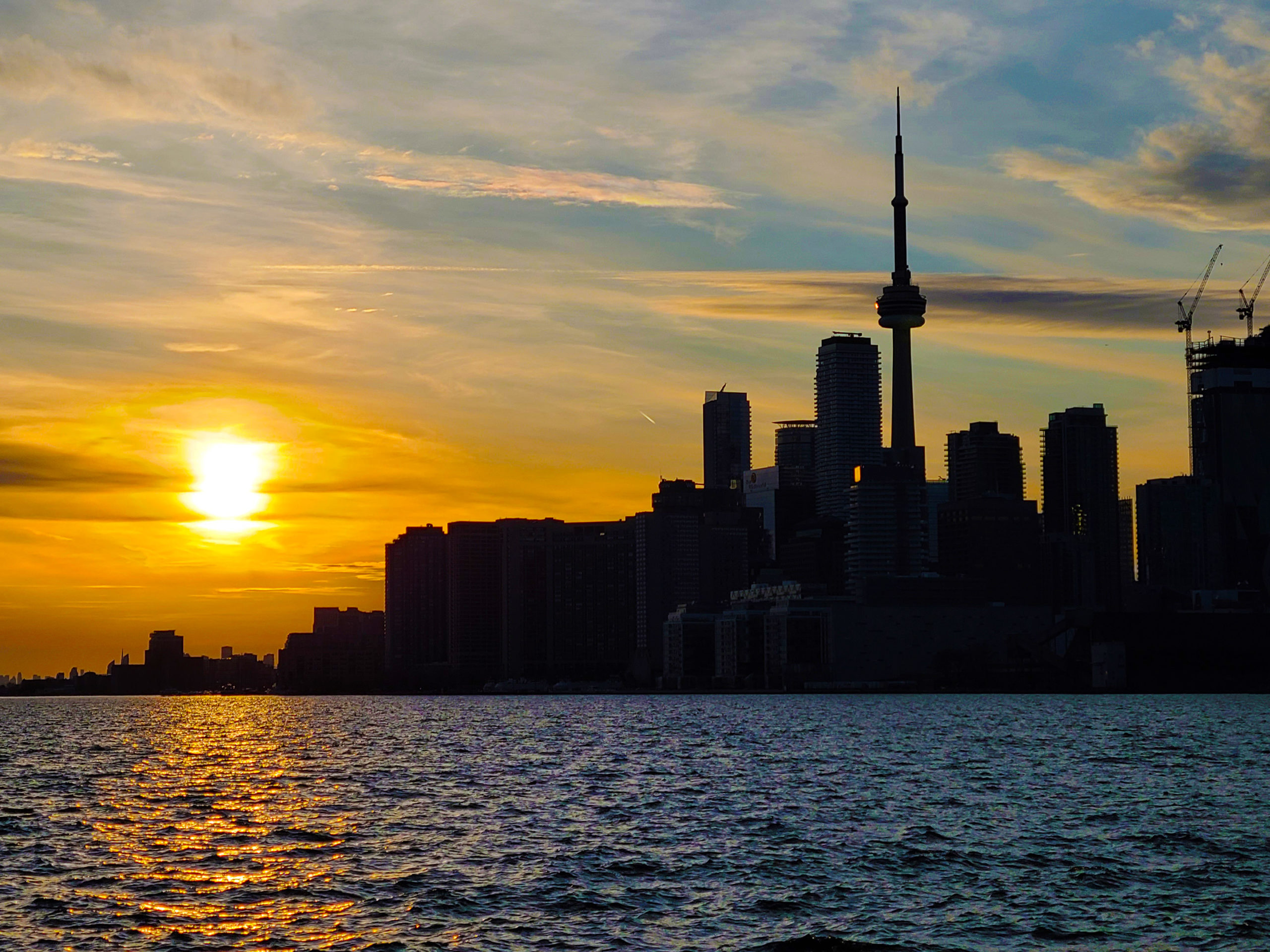
On paper, the camera array and all its additional features come off like a photographic arsenal. The three lenses are complemented by a depth sensor and unique software-powered tools that include a 108-megapixel camera and 8K video.
Though this review focuses on the S20 Ultra, many functions also apply to the Galaxy S20 and Galaxy S20+. Having shot with all three of them, I will point out unique differences between them where necessary.
Megapixel madness
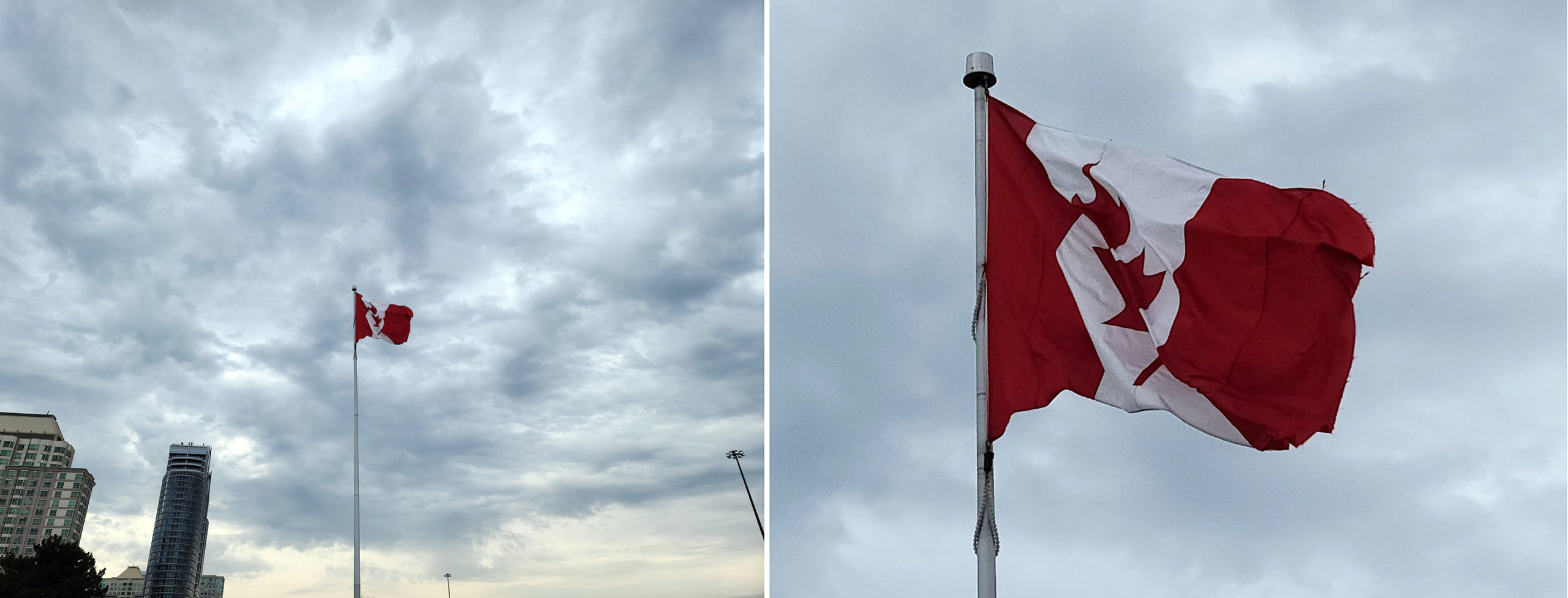
As it did last year, starting with the Galaxy S10+, Samsung lays out three rear cameras in the S20 Ultra. You get a 12-megapixel (and 108-megapixel) wide, 12-megapixel ultra-wide and 48-megapixel telephoto, plus a DepthVision Time-of-Flight (ToF) sensor. What’s gone is the f/1.5-f/2.4 mechanical aperture that goes back to the Galaxy S9.
Of those figures, the 108-megapixel camera stands out. Samsung also hyped it to a large degree, and understandably so. It’s a big number, and with an image sensor larger than any other phone currently available, it paints an intriguing picture of what could be with this camera. The company crammed in a sensor measuring 9.5mm x 7.3mm, making it 70 percent larger than the one in the S10+.
The truth is, it’s not a real 108-megapixel sensor. Samsung uses pixel binning to split existing pixels into nine smaller ones. When you do the math, the 12-megapixels rocket up to 108-megapixels. Megapixel counts were long a myth in the short history of digital cameras, and that applies here, too. The main reason why is because, unlike a DSLR or mirrorless camera, the image sensor in this phone is still terribly small by comparison.
That’s not to knock Samsung for trying this. With physical constraints like these, you have to use software to your advantage. But therein lies the issue. Samsung touted the mode for two simple reasons: you can shoot from a further distance and crop whatever you want out of the shot. That is essentially true, but there’s a catch, which is you’re best off doing that under optimal conditions.
Shooting at 108-megapixels is elective, so you have to select it from the menu options at the top when the camera app is open. I could understand that, given each photo is upwards of 30MB in size. Just 100 photos would take up 300MB, which is not sustainable if you’re using the 128GB storage version of the S20 Ultra. It also only works on the standard wide lens, meaning it’s not applicable to other lenses and modes.
It’s certainly true that more detail will come out of the 108-megapixel mode, but it’s not as dramatic a difference as you might think. I would even argue that shooting in RAW in Pro mode, and then editing in an app like Lightroom would produce better results. But that would be for people with the patience and knowledge to do so. This mode is made to shoot without thinking much about it afterward.
Delving into details
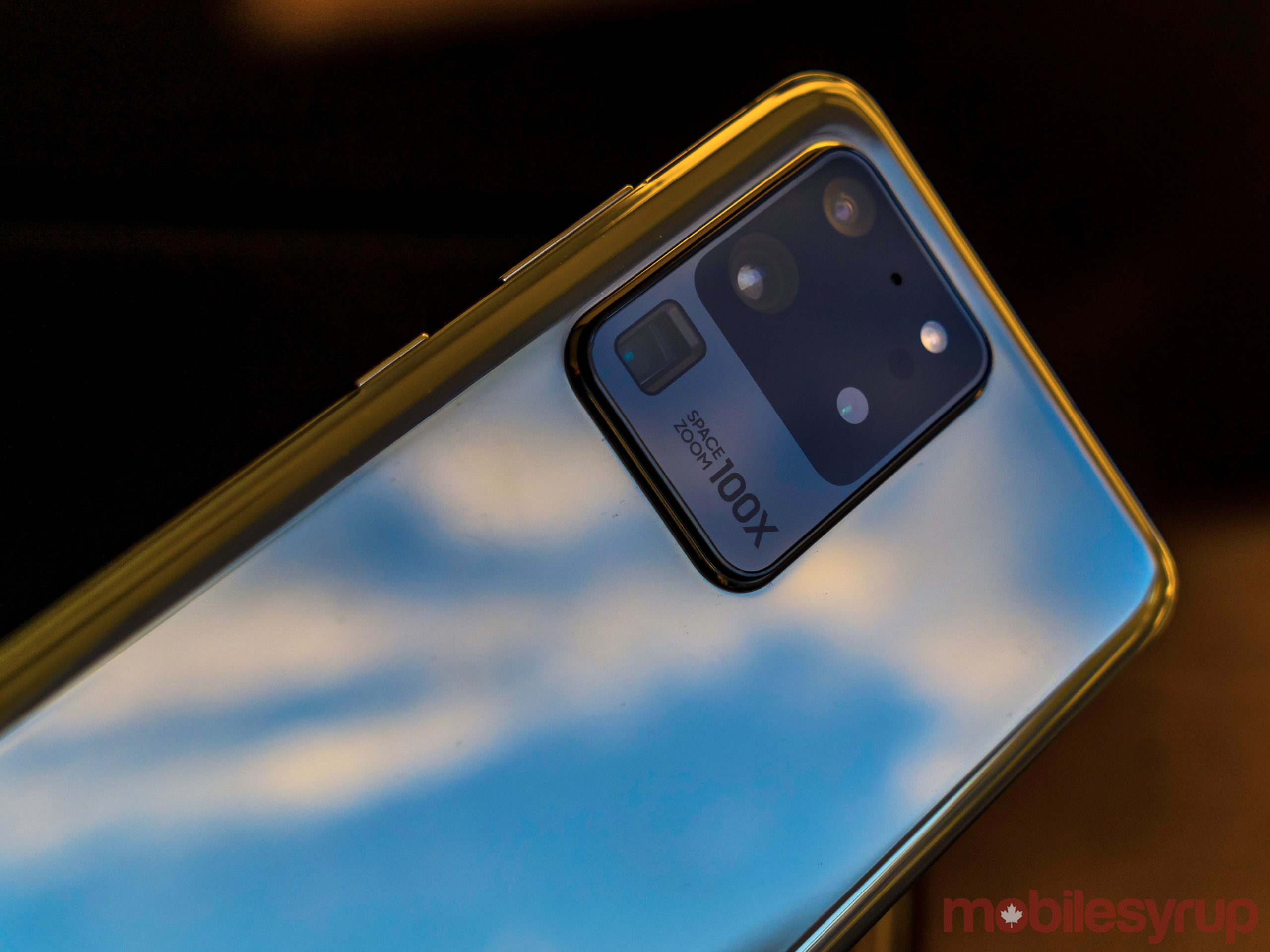
This megapixel count is unique to the S20 Ultra, as the other two models don’t have it. But they do have the same software, and that’s what we should be talking about with this camera. Pixel binning chops up pixels into smaller bits, but there’s plenty of software processing that goes into each shot on top of that.
Ideally, when shooting with that much information, it stands to reason that it would actually require less processing. That may, in fact, be the case because if you’ve ever cropped into a regular shot at 12-megapixels, you might notice artifacts and noise related to the sharpening effects. Those aren’t as readily obvious with the larger images, and I suspect it’s because Samsung goes easy on extra treatments so that people can indeed crop things out.
Except, there’s a trade-off that you need to consider. By making pixels smaller, they struggle to pull in more light. This makes low-light and night shots a mixed bag in this mode. While Samsung does use processing to try and bridge the gap, I didn’t see the benefit. You’re better off using Night mode, or even Pro mode in RAW, to capture the same scene. That’s why it’s no accident that Night mode shoots at 12-megapixels, and not 108-megapixels. When pixels are larger, especially on a sensor this size, the phone has a better chance of capturing good shots at night.
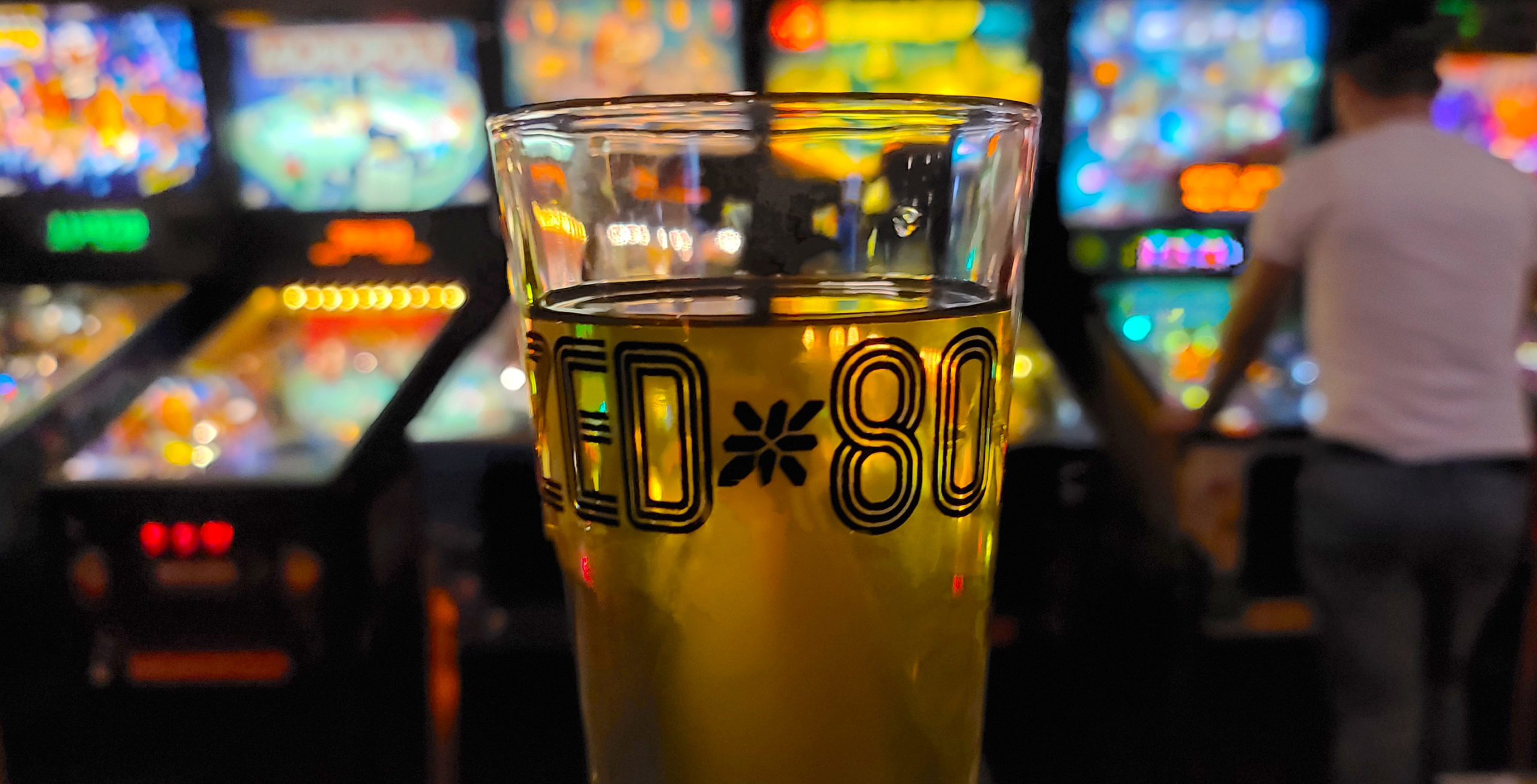
Here, too, results are mixed. Some low-light and night shots I took came out looking great. There were even times I didn’t need to shoot in Night mode. I just wish it was more consistent, and that’s where Samsung’s software needs work. Google and Huawei have shown how to do it well, whereas Samsung and Apple are catching up.
I know some reviewers had noted issues with the auto-focusing going haywire, but I didn’t experience that. My problem was with the overzealous auto-exposure, which I had to routinely dial down because of how much it prioritized highlights at the expense of shadows. There is Auto HDR in the settings to help mitigate that, but I couldn’t be sure it was that effective every time.
In addition to the auto-exposure, Samsung has a penchant for sharpening everything except faces. The smoothing effect on skin tones was unnecessary, though I suspect there is a cultural element to it. Skin smoothening effects are vogue in Asian markets, as is evidenced by many phones and apps from there offering it. Here, it’s not even available as a slider to control the effect, like you could with the bokeh in Live Focus. Stranger still is that the 40-megapixel front-facing camera doesn’t seem to smooth out skin the same way.
Pro mode
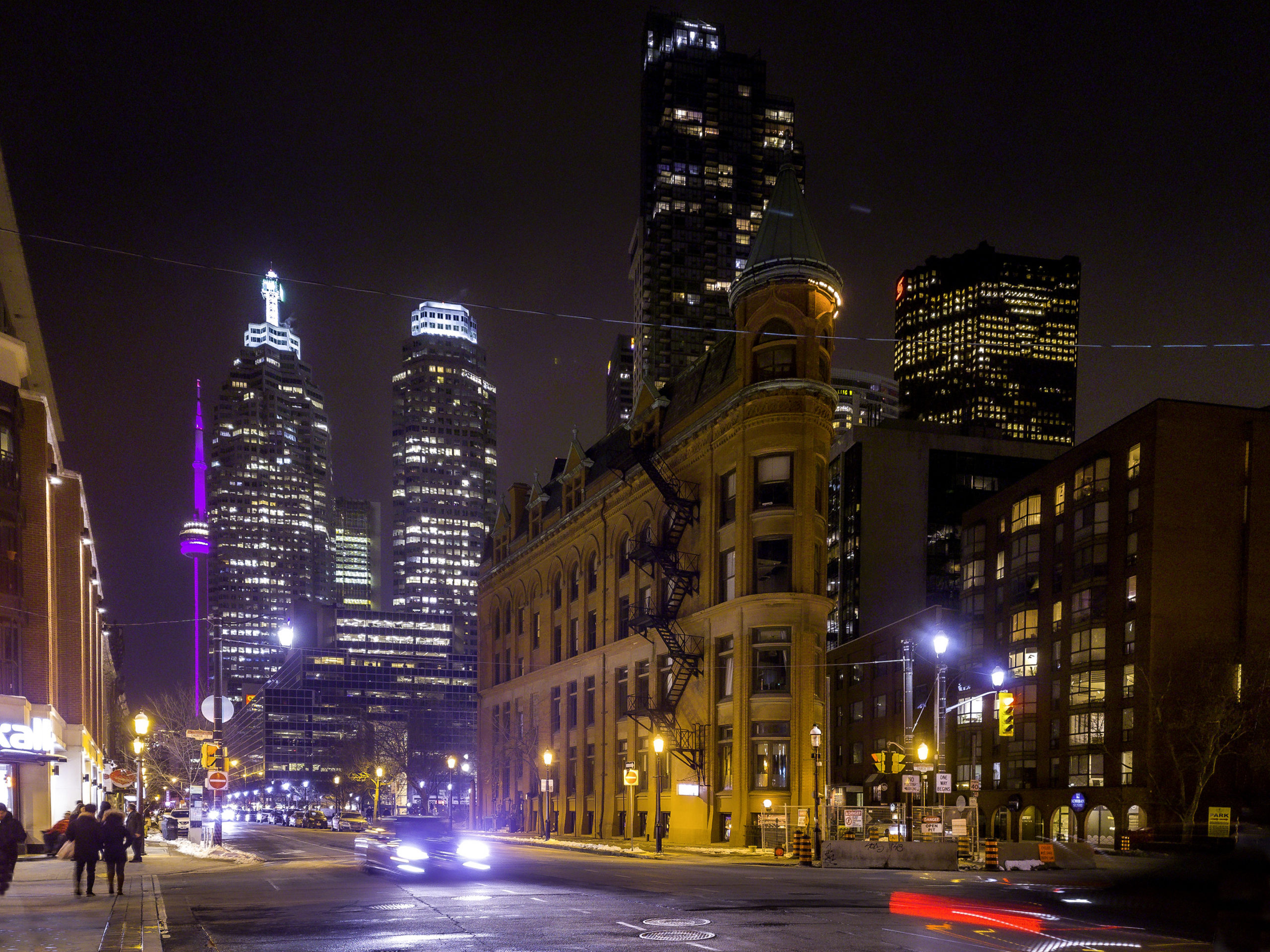
Shot in Pro mode in RAW on a tripod at a long exposure, and then edited in Lightroom.
This remains the hidden gem in Samsung’s arsenal, though it chose to make a repeated mistake. For reasons I can’t discern, Samsung still doesn’t allow you to shoot in Pro using all three lenses. You’re limited to the standard wide lens, and as noted earlier, you can’t use it to shoot at 108-megapixels, either.
Despite the limitations, it works well, and with RAW support (you can actually save in RAW on other modes, too), I would argue some of the best photos you can take are in this mode. One reason why is because the processing is either limited (JPEG) or eliminated entirely (RAW). I’ve never been particularly fond of the Scene Optimizer that is part of the regular Photo mode, and it’s that kind of stuff that you won’t find available in Pro.
I recognize Pro will be intimidating to those unfamiliar with things like ISO, shutter speed, exposure and white balance, but they are integral in composing an image. If you have the time and inclination, it’s worth learning for how much of the camera’s ability it pulls out.
Space Zoom

Samsung made a big deal out of this feature, but it’s really much ado about nothing. Sure, it’s technically impressive that a phone can zoom in that far, but optics have little to nothing to do with it. Space Zoom basically digitally crops into the 1x image you see 100 times over, and what you get is a blotchy, pixilated mess. Not to mention it’s virtually impossible to frame a shot handheld when zooming that far.
I’ve long detested digital zoom as a terrible way to take photos. This is just putting it into overdrive. No matter what I shot, I had nothing resembling a usable photo. If anything, zooming in that far was a creepy way of spying on unsuspecting people from a considerable distance — not my cup of tea, either way. Space Zoom is another feature exclusive to the S20 Ultra, but it’s not something I would brag about.
The 30x zoom was also new to this phone, and the other two S20 models can do it, too. It’s okay, but doesn’t look great. Unfortunately, because I couldn’t zoom in that far in Pro mode, I had no way to at least try and get a better shot. Again, it’s just digital zoom doing its thing to crop in and get closer to a subject.
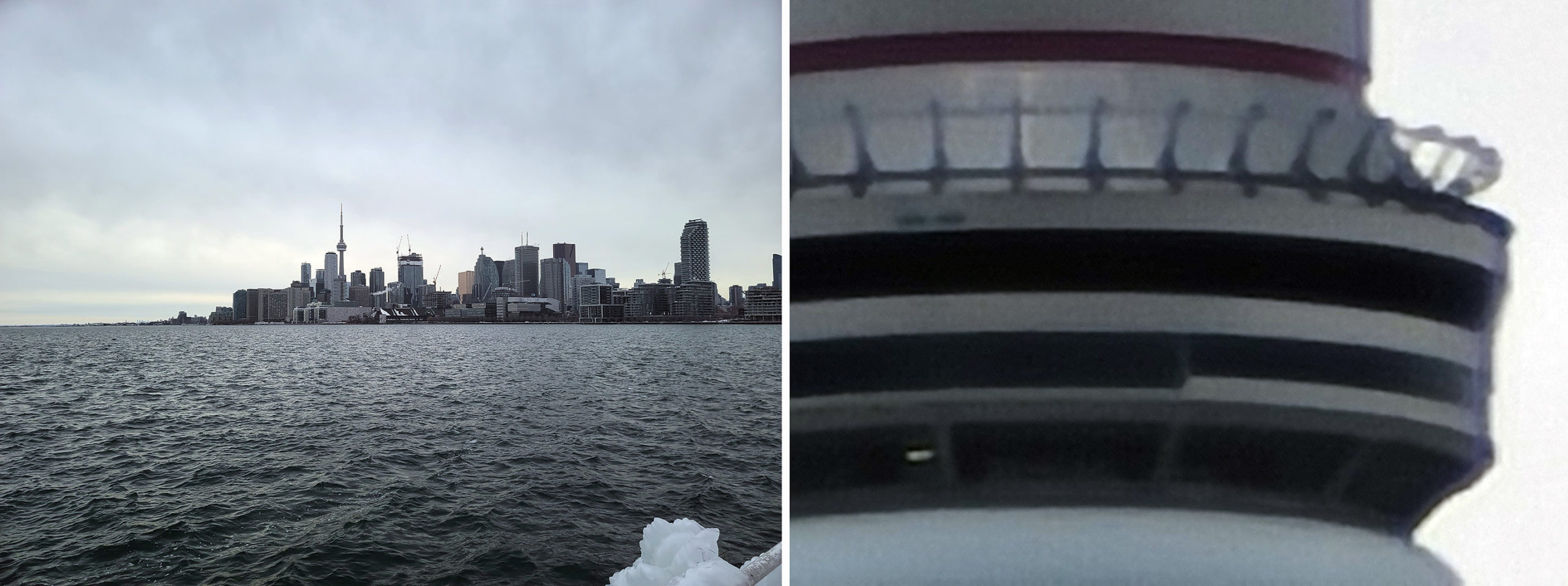
It’s the 10x zoom that is far more appealing. And it’s also where the Ultra has a distinct advantage over its siblings. The phone’s telephoto lens has a 4x periscopic optical zoom making up almost half the distance. Samsung calls the combination “lossless hybrid zoom,” which is marketing speak, but is effectively the truth. It is a hybrid zoom, and along with Huawei, it’s the best I’ve seen from a phone.
However, the results won’t be the same on the other two S20 devices. Those have telephoto lenses advertised at 3x zoom, yet only 1.06x of that is optical. The rest is all digital. It’s just cropping in to make up the difference. The reason for doing this wasn’t just a lack of space under the hood, it was also because it’s realistically possible to crop into a 48-megapixel image at 2x without degradation.
When you use the 10x zoom on those phones, though, they won’t be quite as sharp as the S20 Ultra. It’s not a massive difference, mind you, but it’s there when you inspect them. I understand the reasons for Samsung going that route, but more transparent marketing would be nice.
Single Take and other modes
I thought I would try Single Take and ignore it, yet was pleasantly surprised at some of its utility. The gist is that it shoots photos from all three lenses, plus short video clips. One clip will have a boomerang-style, while another gets a filter — and both get music soundtracks, too.
There’s no question some of it is gimmicky, but I liked that it could capture a moment from different perspectives all at once when you stay still or pan around. It’s not something you would go to daily, but in a pinch, the mode could come in handy when you want to simplify things.

Food mode will be exactly what everyone “living my best life” on social media might appreciate. If you like, you can tap the radial blur option to add bokeh to the dish you’re shooting, and even adjust the level of saturation to make it look even more mouth-watering, if that’s your thing.
I mentioned Night mode already, and wanted to point out that it works with all three lenses, and includes its own automatic shutter speed. The number with the moon icon indicates how long the exposure would be, so the darker the scene, the longer it counts down (so use a tripod). I do wish this was elective, like Huawei does with ISO and shutter for its mode, but there always is Pro mode as an alternative here.
Augmented reality options, like AR Emoji, AR Doodle, AR Zone and Bixby Vision, have been relegated to the sidelines. Given their respective acquired tastes, they’re right where they should be. Notably missing is the Instagram mode introduced in the S10 models. Samsung hasn’t explained why it’s gone, especially since it was brought over to the Note 10 as well.
Video, 8K and otherwise
It’s nice that the S20 Ultra can shoot video at 8K resolution, but it’s a vehicle without a place to land, for the most part. Without 8K TVs being ubiquitous, the content you capture can only go as far as where you can see it at full scale. It’s not that it’s a bad feature, mind you, only that it isn’t a viable one yet.
It’s also worth noting that the standard wide lens isn’t shooting the 8K video; it’s the telephoto doing that. Since that lens has a 48-megapixel sensor, it has the technical specs to achieve it for 8K resolution needs at least 33-megapixels. That’s why Samsung said you could capture a still photo from an 8K video at 33-megapixels.
To me, the bigger story with video is two other features. First, shooting in 4K at 60fps is going to be far more useful to most people, in my opinion. 4K TVs are everywhere, and the framerate is really ideal for action shots. Shooting kids playing a sport or using it to capture an active scene on a trip are good examples.
Second, there’s now a Pro Video mode. All that goodness from the photo version has been added to one dedicated to video capture, and it’s a solid start. If you prefer a more creative avenue for shooting video on this phone, that’s the way to go. My only gripe is that there’s no option to shoot in 24fps. I guess it would be possible to shoot at 30fps and then convert it in a video editing app, but given it’s been available on LG phones for years, Samsung should just include it now.
I’m puzzled as to why Samsung continues to neglect Super Slo-Mo mode by leaving it stuck at 720p resolution. Surely, engineers could figure out how to get the feature to work in 1080p, but strangely, it’s mired in suspended animation. Live Focus Video is much the same as it was in the Note 10, so nothing’s changed there, either. If you have a tripod and some time on your hands, give Hyperlapse a try as it’s not too bad.
Meeting expectations
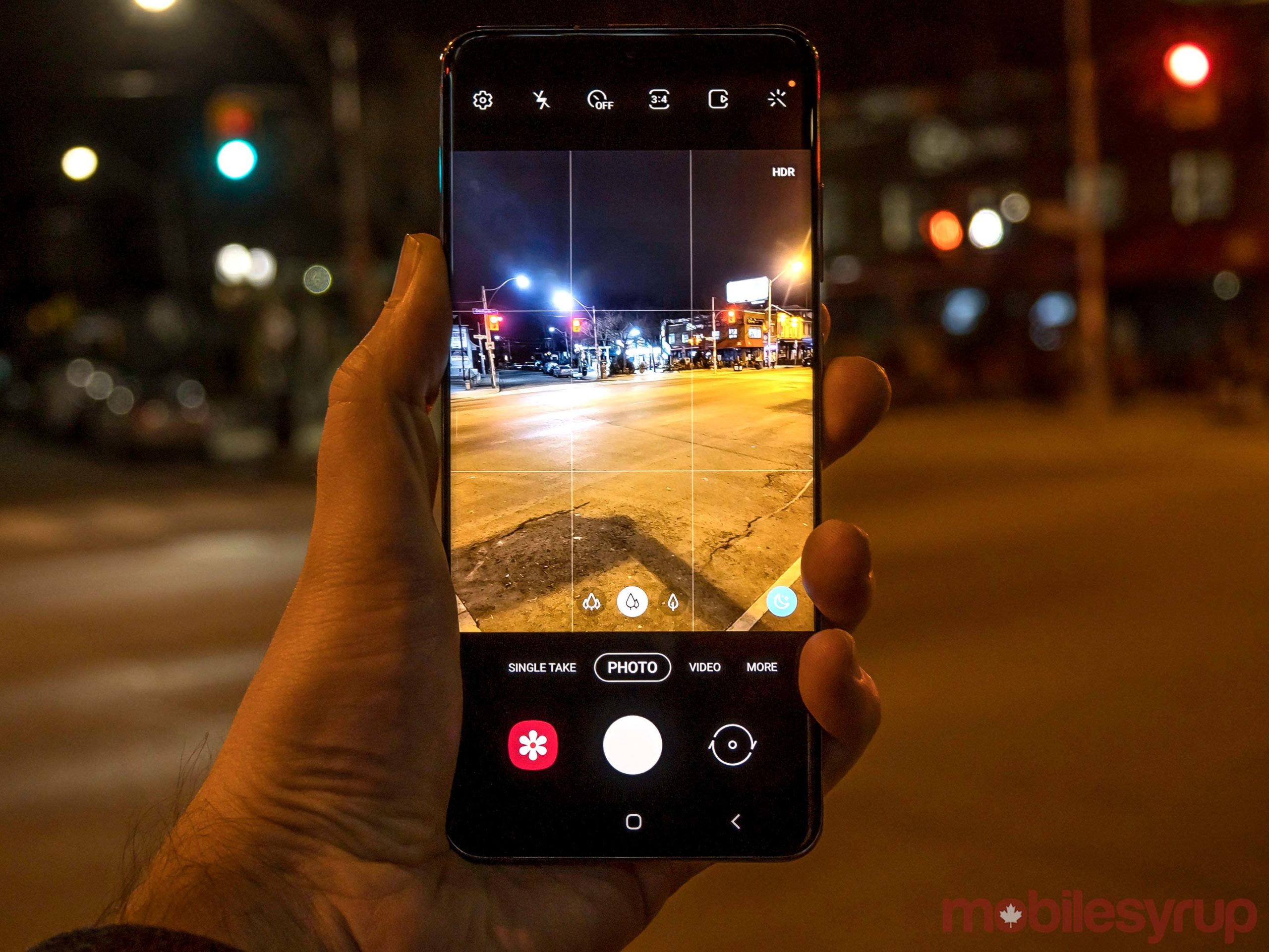
As usual, Samsung packed a lot of camera features in the S20 Ultra, but its real challenge is in improving the software that has to augment said features. They managed to squeeze in the largest image sensor of any phone. That’s a wonderful achievement, but as with any phone, the diminutive sensor and lens sizes mean software has a huge responsibility.
It’s what other brands have latched onto, and that has to improve here as well. That the S20 Ultra can take great photos in a lot of situations was certainly evident in my time with it. But I would argue the ratio of great-to-okay shots should be higher. This is a phone that costs $2,000 after tax in most provinces, and for that kind of money, I would expect a mobile photography trailblazer that awes in the field and not on a spec sheet.
Samsung can certainly fix that. The company’s resources are such that it could engineer software updates capable of addressing some of the areas that could use it. Here’s hoping they will for anyone wielding this device, or even the other two models.
MobileSyrup may earn a commission from purchases made via our links, which helps fund the journalism we provide free on our website. These links do not influence our editorial content. Support us here.



